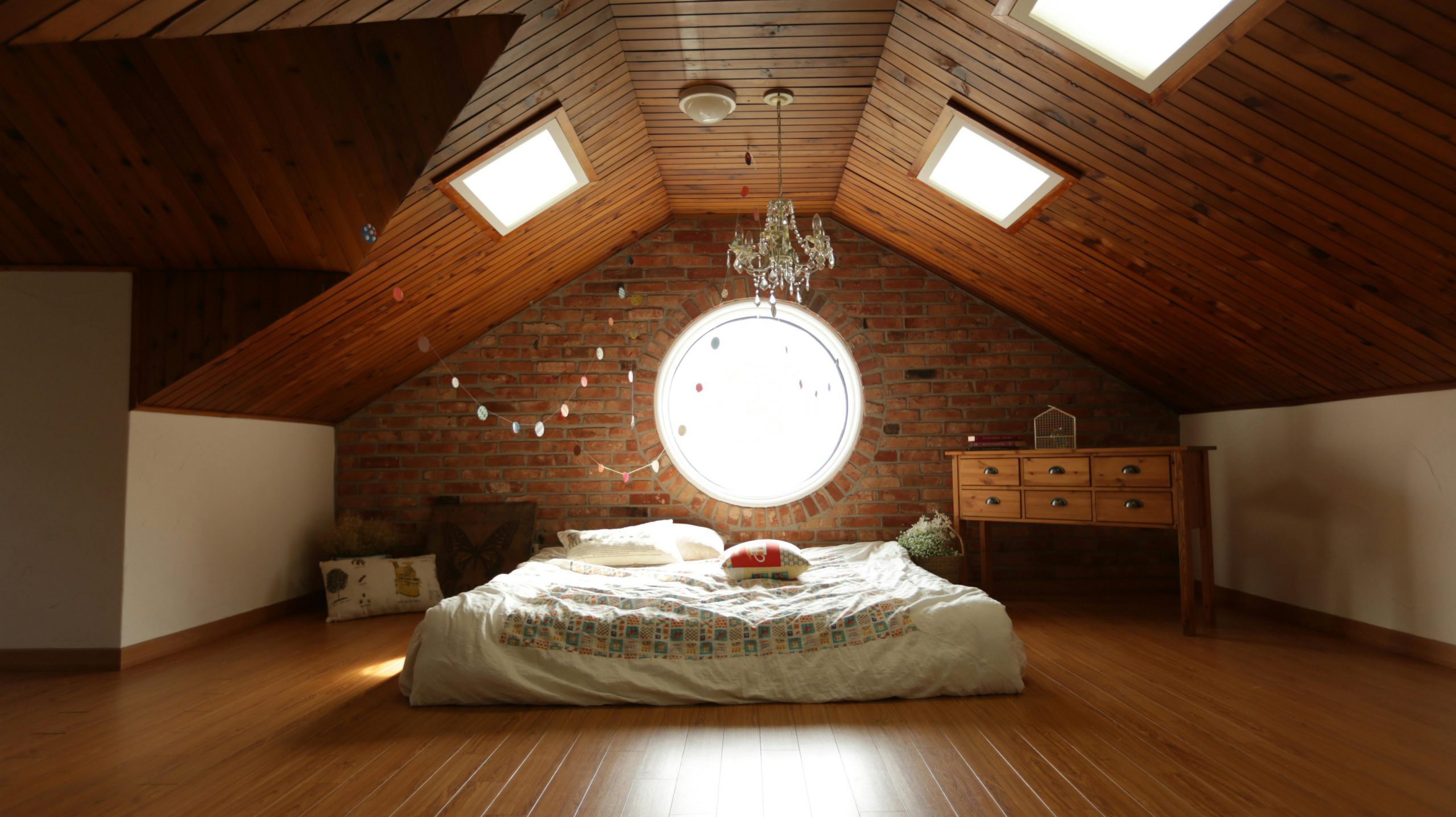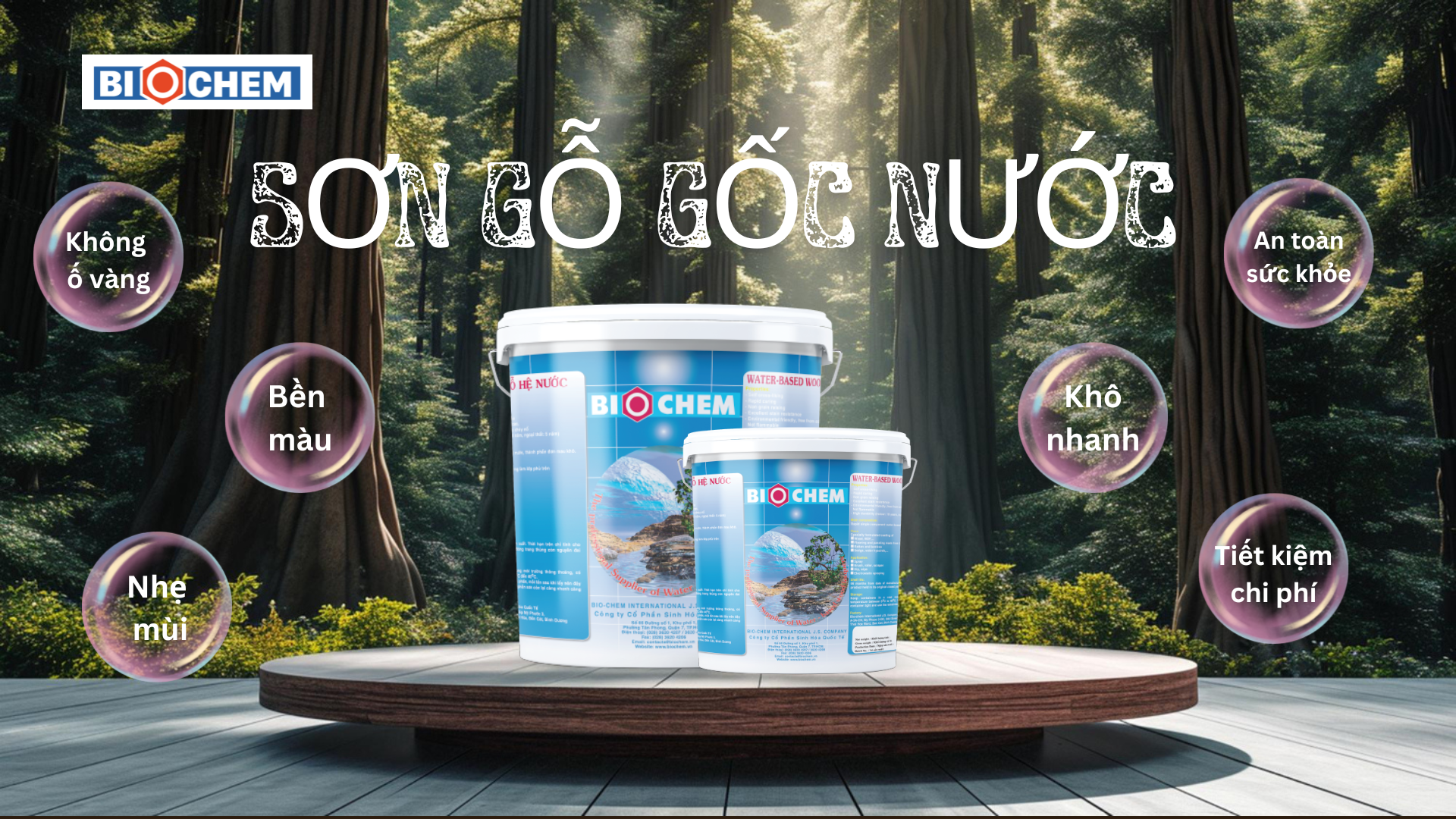Biochem News, News
Tannin Wood – Solutions to Overcome and Minimize Oil Spillage on Wood
Wood tannin leakage is a challenging issue that wood manufacturers and architects often encounter. This not only affects the aesthetics but also reduces the commercial value of wooden products. To help you understand better and find effective solutions, this article will provide a detailed analysis of tannin and methods to address oil spillage on wood.
What Is Tannin Wood ?
Tannin is a natural compound that has a brown color. It is commonly found in woods such as Oak, Cedar, Redwood, and Chestnut. Tannin not only helps protect the tree from bacteria and pests but also plays an important role in providing color and durability to the wood. In its natural state, tannin is hidden beneath the wood’s surface. Tannin is often used in the tea and wine industries. When wood is exposed to air and chemicals, tannin oxidize and seeps to the surface, causing the phenomenon known as ‘Tannin Bleed’.
Phenomenon of Tannin Bleed
Tannin Bleed is the oxidation process that causes tannin to seep to the surface of the wood, creating unwanted yellow stains. This phenomenon is particularly troublesome when it appears on newly painted interior and exterior wood products. The yellow stains not only reduce the aesthetic appeal but also affect the commercial value of the product.
Tannin Effect Wood Industry:
1. Reduced Aesthetic Value:
Yellow stains on the wood surface detract from its natural beauty, diminishing the commercial value of the wood product. Imagine you have just finished painting a pristine white kitchen cabinet. A few hours later, yellow stains appear on the surface. This is a typical example.
2. Increased Production Costs:
To address tannin bleed, manufacturers must employ additional surface treatment measures, which increases production costs. Moreover, there are also additional expenses involved.
3. Challenges in Construction:
This phenomenon increases the time and effort required to complete the product, complicating the construction process. Each occurrence of yellow staining necessitates reworking and treating the wood again. This prolongs the timeline and reduces efficiency.
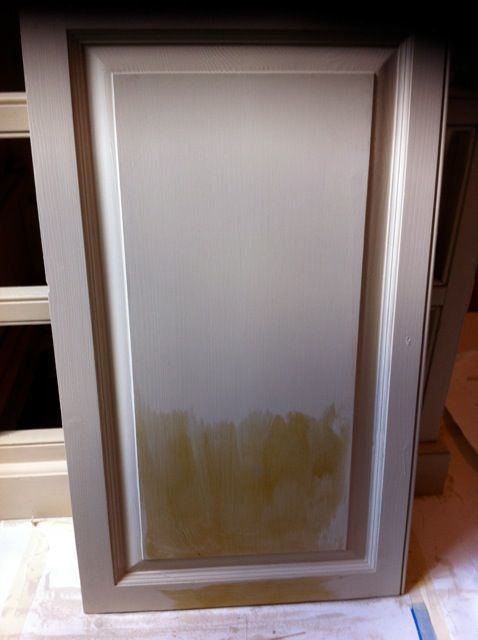
Solution Of Tannin Bleeds
1.Surface Treatment:
Before painting, the wood surface should be thoroughly cleaned with specialized solutions. Solutions like Acetone, Isopropanol, and Xylene are effective. Sanding the wood in combination with these solutions helps remove stains and prepares the surface better for the next coat of paint. This process not only cleans the wood surface but also increases the paint’s adhesion, thereby reducing the risk of tannin bleed after painting.
2. Moisture Control:
Keeping the wood’s moisture content low (8-12%) helps prevent oil seepage from the inside out. Using dehumidifiers or kilns are effective measures to control the wood’s moisture content, thus maintaining the quality and durability of the product. Low moisture levels help prevent the oxidation of tannin, minimizing the occurrence of oil seepage on the wood surface.
3. Using Low-Tannin Wood:
Wood types like Maple, Ash, Red Pine, and Birch have low tannin content and are less prone to yellow staining. Maple and Ash are particularly favored for their light color and minimal staining. They are suitable for various interior and exterior applications. Using low-tannin wood not only reduces the risk of oil seepage but also helps the product retain its natural beauty for a longer time.
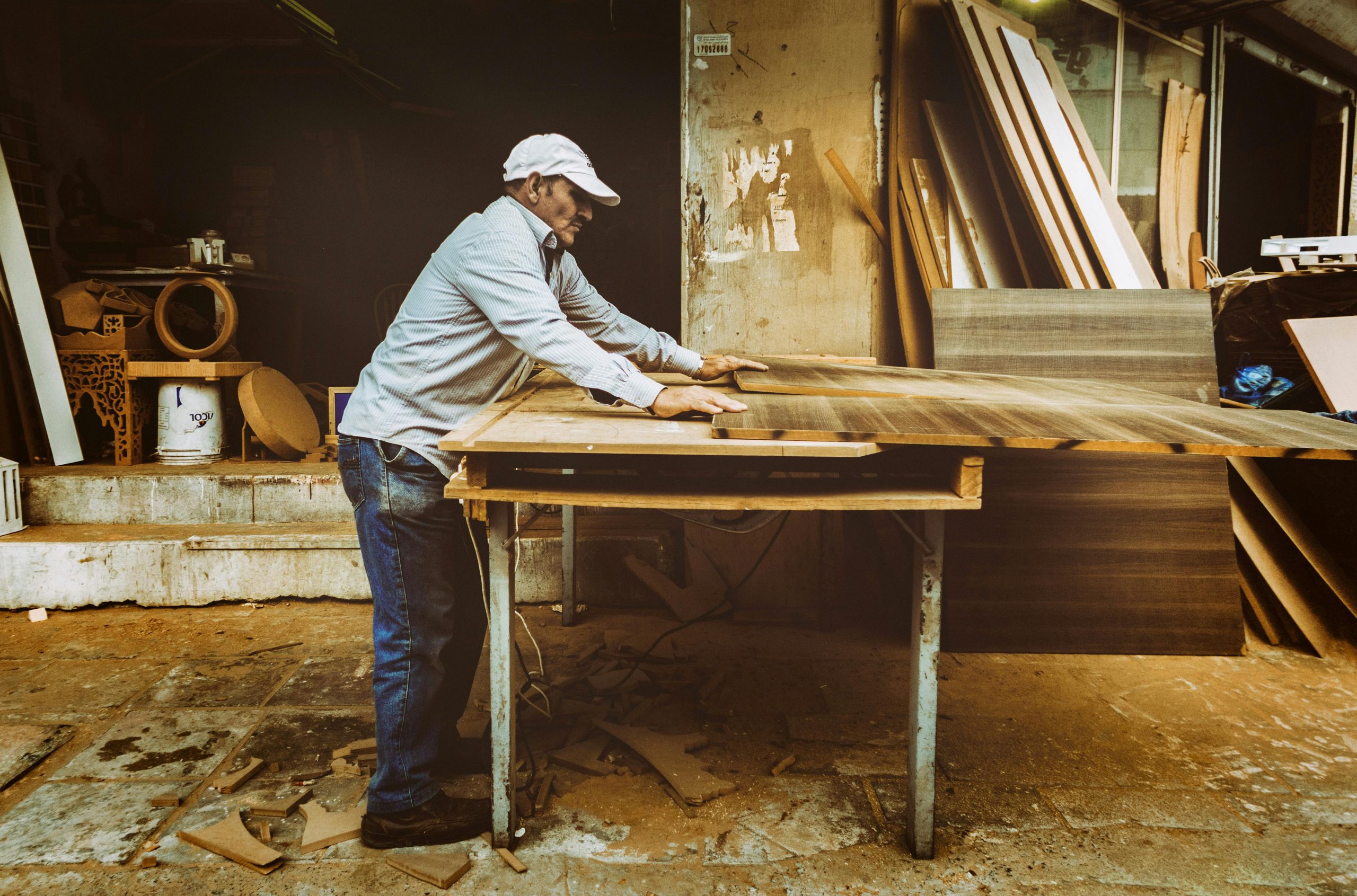
Tannin Block – BIOCHEM Water-Based Wood Paint
Advantages of BIOCHEM Water-Based Wood Paint
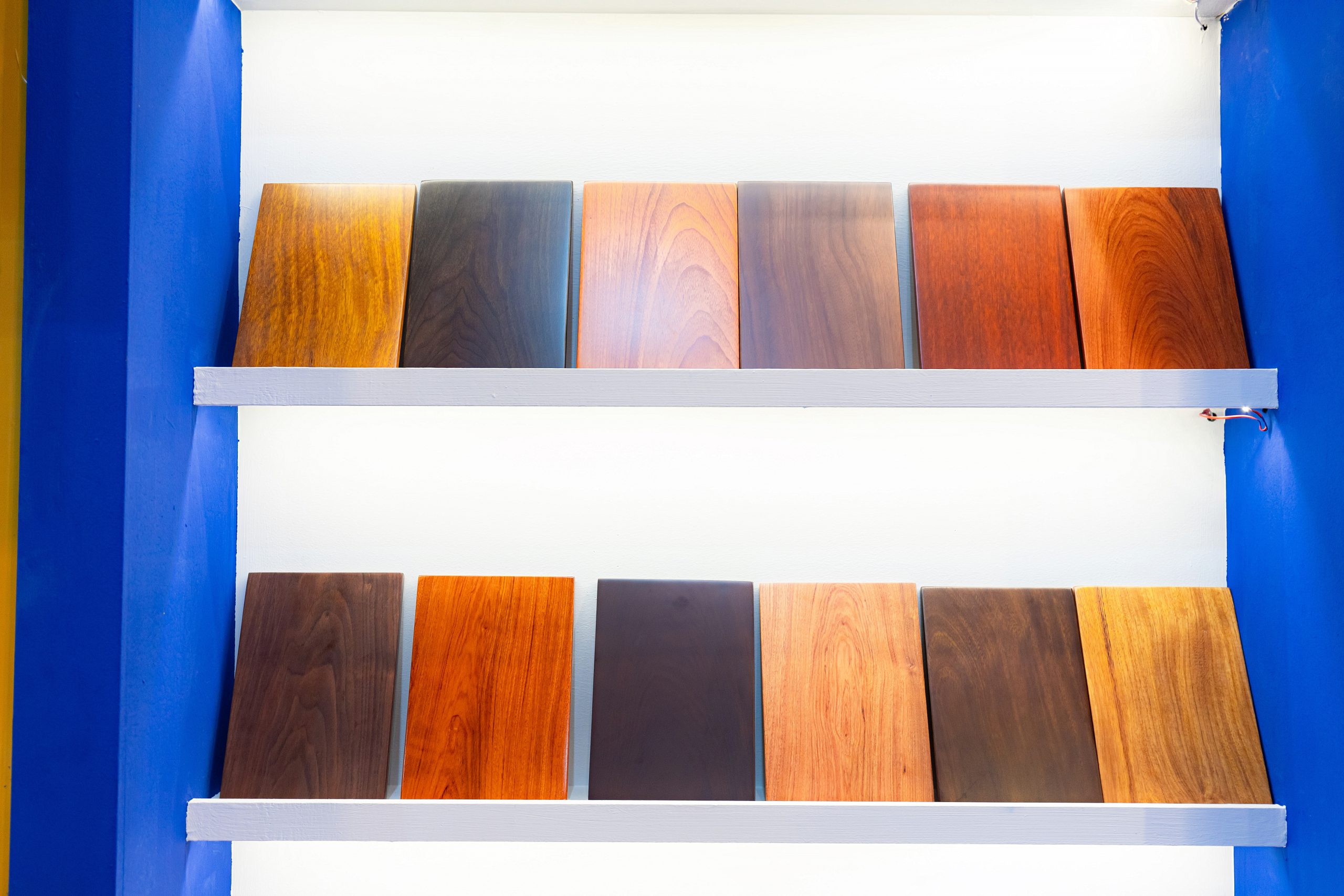
Consumption
Tannin bleed is a significant issue in the wood manufacturing and construction industries that cannot be underestimated. By implementing surface treatment solutions, moisture control measures, and using Biochem water-based wood paint, you can ensure the highest quality and aesthetic appeal for your products.
Biochem – For A Green Future
Address: No 66, Street No 1, Tân Phong Ward, District 7, Ho Chi Minh City
Tel: (+84-28) 3620 4207 | 3620 4208
Fax: (+84-28) 3620 4206
Website Biochem:www.biochem.vn
Website Biomass:www.biomasscoating.com
Email: contacts@biomasscoating.com

 Tiếng Việt
Tiếng Việt 简体中文
简体中文
